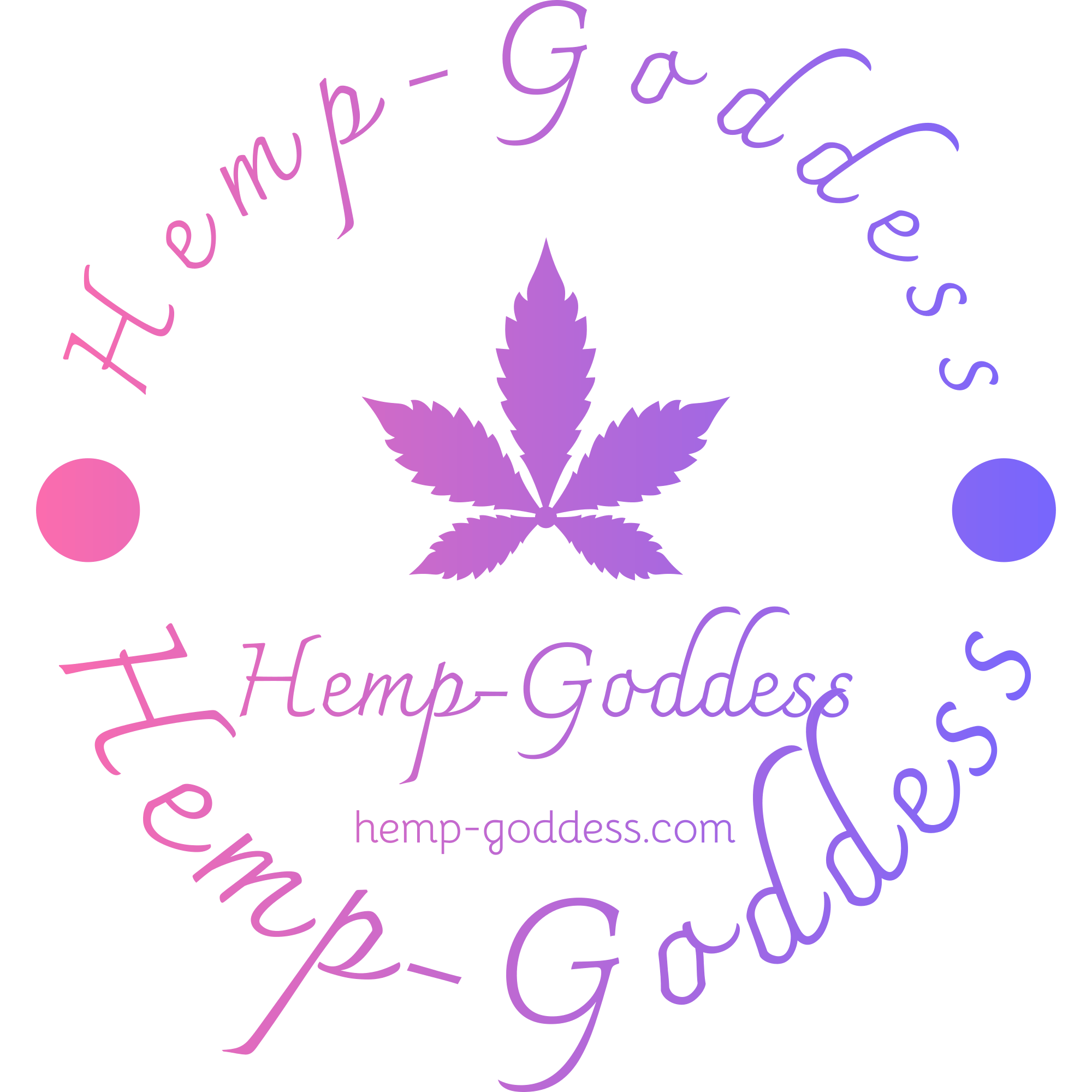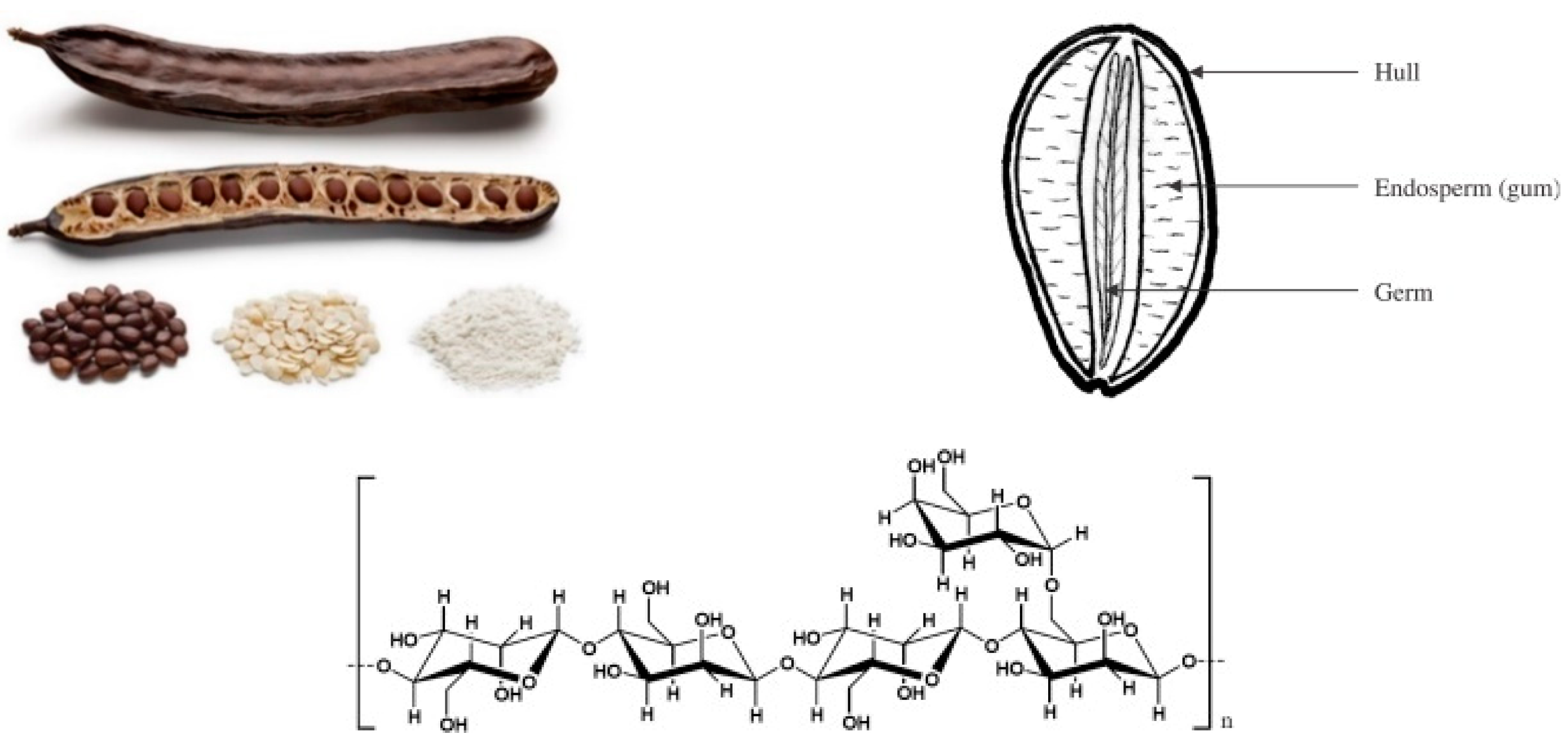Understanding Locust Bean Gum
What is Locust Bean Gum?
Locust bean gum is a natural polysaccharide extracted from the endosperm of the seeds of the carob tree. It is composed of galactose and mannose units linked together in long chains, giving it thickening, stabilizing, and gelling properties.
Production Process
Locust bean gum is obtained through a series of extraction, purification, and drying processes. The seeds are crushed to release the endosperm, which is then milled into a fine powder and treated with water to separate the gum from other components.
Properties
Locust bean gum is highly soluble in water and forms viscous solutions or gels when hydrated. It is resistant to heat, pH variations, and enzymatic degradation, making it suitable for a wide range of food applications.
Uses of Locust Bean Gum
Thickening Agent
Locust bean gum is commonly used as a thickening agent in a variety of food products, including dairy alternatives, sauces, gravies, dressings, soups, and desserts. It helps improve texture, viscosity, and mouthfeel while enhancing stability and shelf life.
Stabilizer and Emulsifier
Locust bean gum functions as a stabilizer and emulsifier in food formulations, preventing ingredient separation and improving consistency. It is often added to ice cream, yogurt, beverages, and processed meats to enhance texture and prevent crystallization or syneresis.
Gluten-Free Baking
Locust bean gum is frequently used in gluten-free baking as a substitute for gluten-containing ingredients like wheat flour. It helps mimic the binding, moisture retention, and structure provided by gluten, allowing for the production of gluten-free bread, cakes, and pastries with improved texture and volume.
Benefits of Locust Bean Gum
Natural Origin
Locust bean gum is derived from the seeds of the carob tree and is considered a natural food additive. It is free from synthetic chemicals, genetically modified organisms (GMOs), and allergens, making it suitable for individuals with dietary restrictions or preferences.
Improved Texture and Mouthfeel
Locust bean gum enhances the texture, viscosity, and mouthfeel of food products, providing a smooth, creamy consistency and preventing undesirable characteristics such as grittiness, separation, or syneresis.
Enhanced Stability and Shelf Life
The thickening and stabilizing properties of locust bean gum help improve the stability and shelf life of food products by preventing phase separation, microbial spoilage, and textural changes over time. It contributes to the overall quality and sensory appeal of processed foods.
Gluten-Free Formulation
Locust bean gum is a valuable ingredient in gluten-free formulations, allowing manufacturers to create baked goods and other products that are safe for individuals with celiac disease or gluten sensitivities. It helps improve the texture, structure, and shelf life of gluten-free foods.
Safety Considerations
Generally Recognized as Safe (GRAS)
Locust bean gum is classified as a GRAS (Generally Recognized as Safe) ingredient by regulatory agencies, including the Food and Drug Administration (FDA) in the United States and the European Food Safety Authority (EFSA) in Europe, when used in accordance with good manufacturing practices (GMP).
Low Toxicity
Locust bean gum has a long history of safe use in food and pharmaceutical applications and is considered to have low toxicity and minimal adverse effects on human health. It is unlikely to cause allergic reactions or intolerance in most individuals.
Digestive Tolerance
Locust bean gum is well tolerated by the digestive system and is not absorbed or metabolized by the body. It passes through the gastrointestinal tract intact and may even have prebiotic effects, promoting the growth of beneficial gut bacteria.
Acceptable Daily Intake (ADI)
Regulatory agencies have established an acceptable daily intake (ADI) for locust bean gum, indicating the maximum amount that can be consumed daily over a lifetime without adverse effects. The ADI for locust bean gum is typically expressed as milligrams per kilogram of body weight per day.
FAQs about Locust Bean Gum
Is locust bean gum vegan?
Yes, locust bean gum is derived from plant sources (carob tree seeds) and is considered vegan-friendly. It does not contain any animal-derived ingredients and is suitable for individuals following a vegan or vegetarian diet.
Can locust bean gum cause digestive issues?
Locust bean gum is generally well tolerated by the digestive system and is not associated with significant digestive issues or adverse effects. However, some individuals may experience mild gastrointestinal discomfort or bloating if consumed in large amounts.
Is locust bean gum safe for individuals with allergies?
Locust bean gum is considered hypoallergenic and is unlikely to cause allergic reactions in most individuals. It does not contain common allergens such as gluten, dairy, soy, eggs, or nuts, making it safe for individuals with food allergies or sensitivities.
Can locust bean gum be used in baby formula?
Yes, locust bean gum is approved for use in infant formula and baby foods as a thickening agent and stabilizer. It helps improve texture, viscosity, and palatability while meeting regulatory standards for safety and nutritional quality.
Is locust bean gum the same as guar gum or xanthan gum?
No, locust bean gum, guar gum, and xanthan gum are distinct hydrocolloids with different origins, properties, and uses. While they share similarities as thickening agents and stabilizers, each gum has unique characteristics and may be preferred for specific applications based on texture, flavor, and processing requirements.
Can locust bean gum be used in organic foods?
Yes, locust bean gum is permitted for use in organic foods and beverages as a natural ingredient derived from plant sources. It can be incorporated into organic formulations to enhance texture, stability, and quality while meeting organic certification standards.
Are there any potential interactions with medications or health conditions?
Locust bean gum is not known to interact with medications or exacerbate health conditions when consumed as a food additive. However, individuals with pre-existing digestive disorders or gastrointestinal conditions may want to consult with a healthcare professional before consuming foods containing locust bean gum, particularly in large quantities.
Conclusion
Locust bean gum is a versatile and valuable food additive with a wide range of uses, benefits, and safety considerations. From thickening and stabilizing food products to enhancing texture and mouthfeel, locust bean gum plays a crucial role in the formulation of processed foods and dietary supplements. With its natural origin, low toxicity, and hypoallergenic properties, locust bean gum is generally recognized as safe for human consumption and is suitable for a variety of dietary preferences and restrictions. By understanding the uses, benefits, and safety considerations of locust bean gum, consumers can make informed choices about their food purchases and dietary habits, while enjoying the convenience and quality of modern food products.
- Comprehensive Review The Top CBD Oils By Plus CBD oil - April 27, 2024
- Gummy Galore: A Flavorful Expedition through Just Delta’s THC Treats! - April 27, 2024
- The 8 Best Magnesium Supplements for Sleep in 2022 - April 15, 2024

